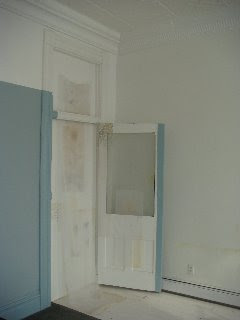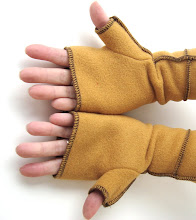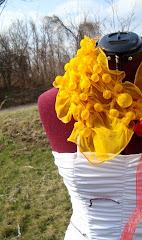The fight is not over, though. Please take action. Watch and pass along this video produced by Pittsburgh Filmmakers/Pittsburgh Center for the Arts. If you do not live in Pennsylvania, check into the status of your own state's budget. Make sure to hold accountable your representatives. At this point, mine are not representing me. Are yours representing you?
Arts and Citizenship from Pittsburgh Filmmakers on Vimeo.
The Pennsylvania FY09-10 budget process is in full swing and state funding for arts and culture is in real jeopardy. I urge you, as a leader in the local cultural community, to take action. As you know, on Wednesday, May 6, 2009 the State Senate passed their version of the budget bill (SB 850) which eliminated funding for arts and culture. The House is still considering their version of the budget bill (HB 1416) which does include funding for both the Pennsylvania Council on the Arts (PCA) and the Pennsylvania Historical and Museum Commission (PHMC).
The budget process is far from over. Revenue projections are down and the economic crisis still looms over us. As arts and culture advocates, we must remain vigilant in our efforts to insure a place for the PCA and PHMC in the FY09-10 budget. This is what you can do to help:
1) Contact your state legislators today. If you’ve already sent them a fax or email in the last few weeks, send them another one and follow it up with a phone call. Even though the State Senate has already passed their version of the budget bill, they can still assist us in the fight for arts and culture funding when the two budget bills are discussed in conference committee (likely in June).
2) Rally others to action. Ask your staff, board of directors, donors, funders and others associated with your organization to take immediate action on this issue. Distribute the call to action through your email lists, web site and social networking ventures. Engage your audiences through curtain speeches, program inserts, gallery cards and other means. Harrisburg needs to hear from more than just the employees of arts and cultural organizations.
3) Answer this two-question online survey about the impact that zero state funding for arts and culture would have on your organization. It is important for us to be able to tell the legislators, the press and anyone else who may be interested that policy makers are not just voting to eliminate state funding for arts and culture, but nonprofit organizations that benefit the larger community and the jobs of those they employ. (take the survey)
For facts and figures about the economic impact of the arts, samples of letters and testimony, tips for communicating with legislators and other information visit the Save Arts and Culture in Pennsylvania! page of the Greater Pittsburgh Arts Council website.
THE TIME TO ACT IS NOW. Unless we keep up the pressure on the legislature, we may lose the Pennsylvania Council on the Arts and Pennsylvania Historical and Museum Commission. Please alert the Arts Council about any action you decide to take by sending an email to rfreytag@pittsburghartscouncil.org











